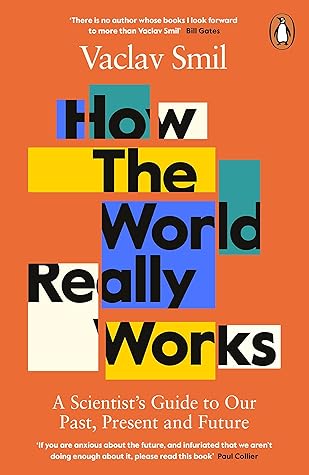More on this book
Community
Kindle Notes & Highlights
The element is abundant—it makes up nearly 80 percent of the atmosphere, organisms live submerged in it—and yet it is a key limiting factor in crop productivity as well as in human growth. This
How many vegans enjoying the salad are aware of its substantial fossil fuel pedigree?
The total energy requirement of global steel production in 2019 was about 34 exajoules, or about 6 percent of the world’s primary energy supply.
Tension is a different matter: a pulling force of just 2 to 5 megapascals (less than it takes to tear human skin) can break concrete apart. That is why the large-scale commercial adoption of concrete in construction took place only after gradual advances in steel reinforcement made it suitable for structural parts subject to high tension.
Airport runways (up to 3.5 kilometers long) have reinforced concrete foundations, deepest (up to 1.5 meters) in the touchdown zone to handle the repeated pounding of hundreds of thousands of landings every year by airplanes weighing up to about 380 tons (the Airbus 380).


